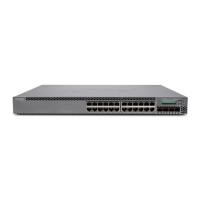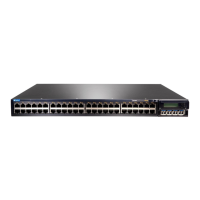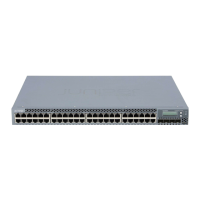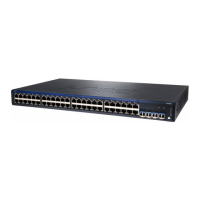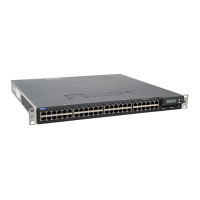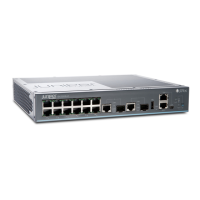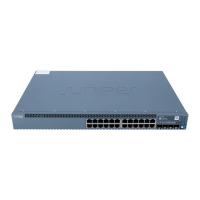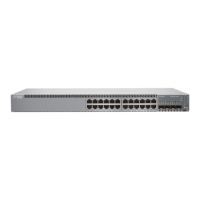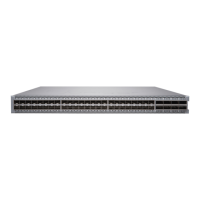NOTE: If you delete the DHCP server configuration, DHCP server bindings
might still remain. To ensure that DHCP bindings are removed, issue the clear
dhcp server binding command before you delete the DHCP server configuration.
This overview covers:
•
Interaction Among the DHCP Client, Extended DHCP Local Server, and
Address-Assignment Pools on page 24
•
Providing DHCP Client Configuration Information on page 25
•
Minimal Configuration for Clients on page 26
•
DHCP Local Server and Address-Assignment Pools on page 26
Interaction Among the DHCP Client, Extended DHCP Local Server, and Address-Assignment
Pools
The pattern of interaction between the DHCP local server, the DHCP client, and
address-assignment pools is the same regardless of whether you are using a router or a
switch. However, there are some differences in the details of usage.
•
On routers—In a typical carrier edge network configuration, the DHCP client is on the
subscriber’s computer or customer premises equipment (CPE), and the DHCP local
server is configured on the router.
•
On switches—In a typical network configuration, the DHCP client is on an access device,
such as a personal computer, and the DHCP local server is configured on the switch.
The following steps provide a high-level description of the interaction among the DHCP
local server, DHCP client, and address-assignment pools:
1. The DHCP client sends a discover packet to one or more DHCP local servers in the
network to obtain configuration parameters and an IP address for the subscriber (or
DHCP client).
2. Each DHCP local server that receives the discover packet then searches its
address-assignment pool for the client address and configuration options. Each local
server creates an entry in its internal client table to keep track of the client state, then
sends a DHCP offer packet to the client.
3. On receipt of the offer packet, the DHCP client selects the DHCP local server from
which to obtain configuration information and sends a request packet indicating the
DHCP local server selected to grant the address and configuration information.
4. The selected DHCP local server sends an acknowledgement packet to the client that
contains the client address lease and configuration parameters. The server also installs
the host route and ARP entry, and then monitors the lease state.
Copyright © 2017, Juniper Networks, Inc.24
DHCP and Other System Services Feature Guide for EX2300, EX3400, and EX4300 Switches
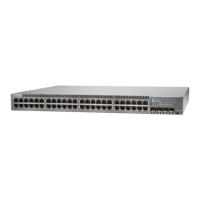
